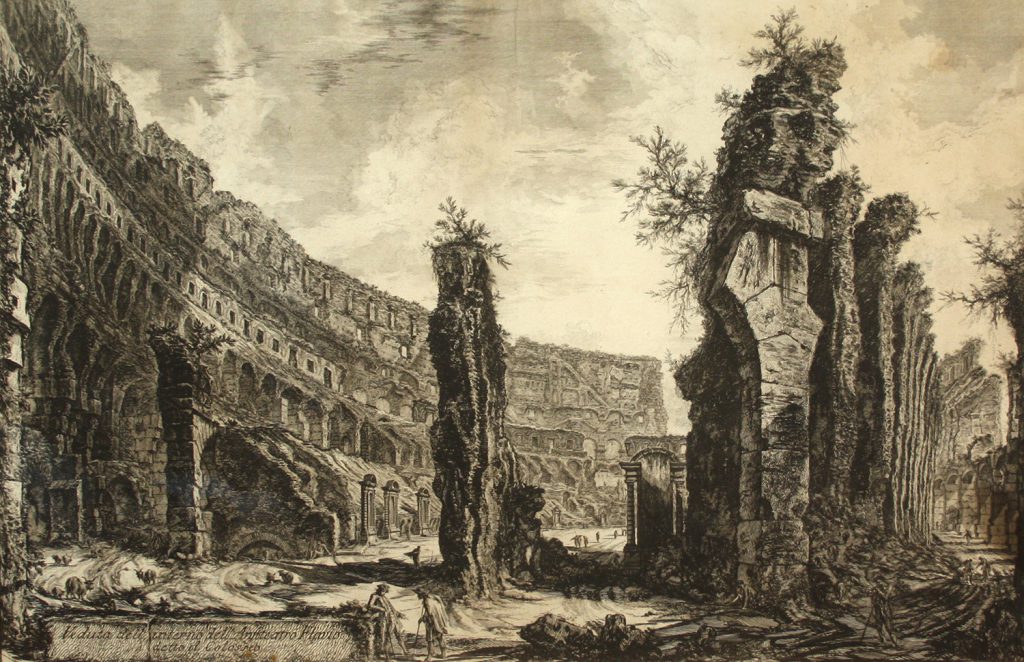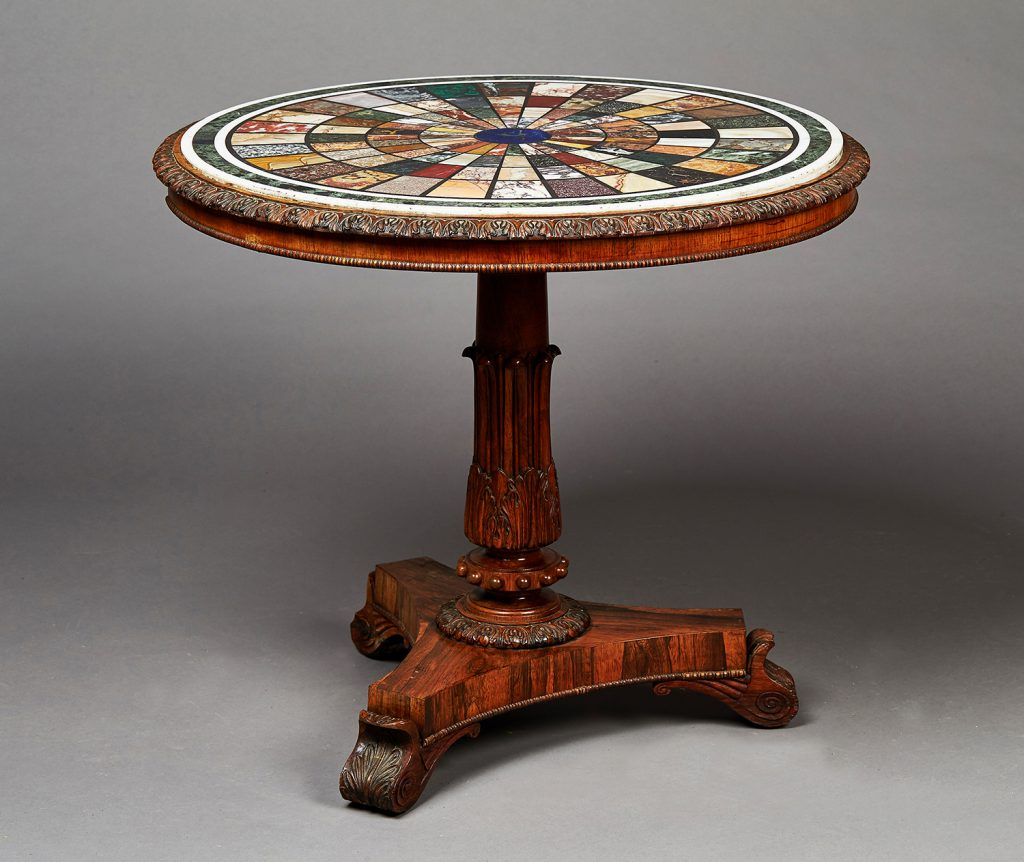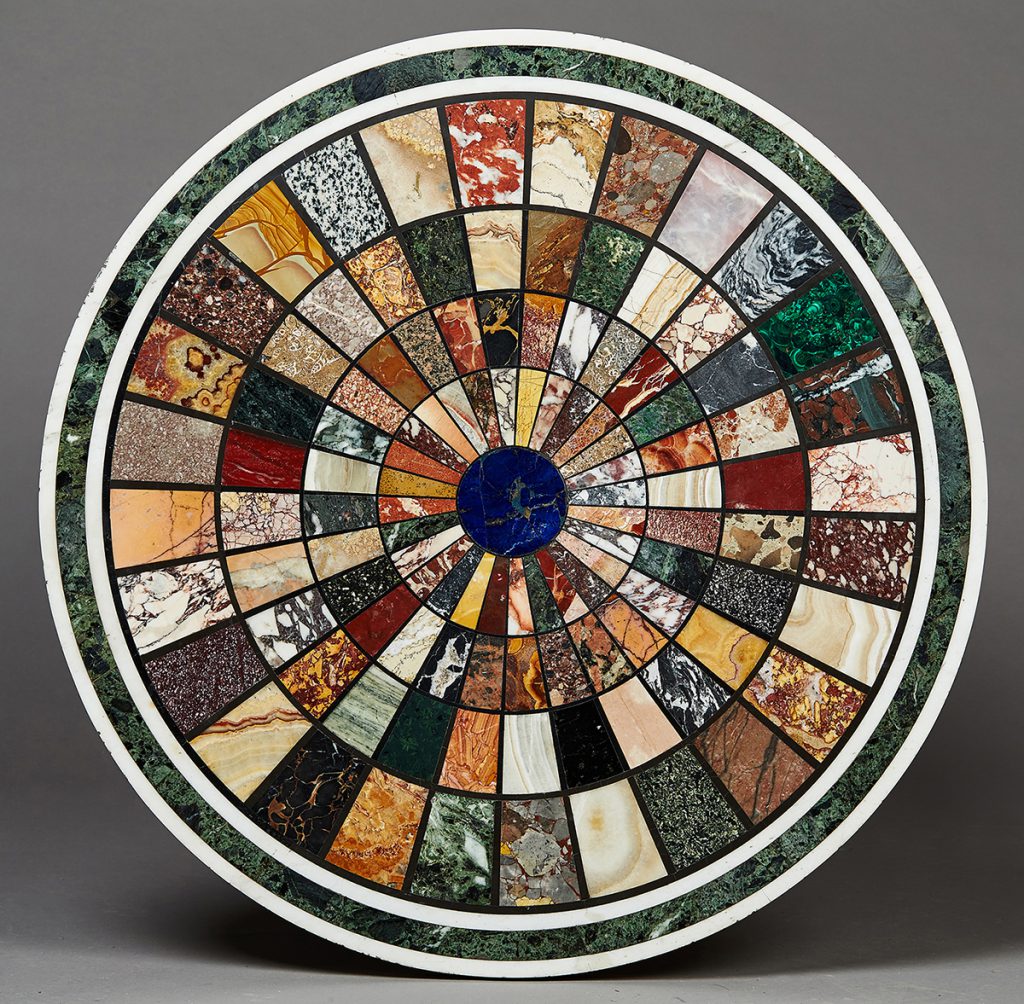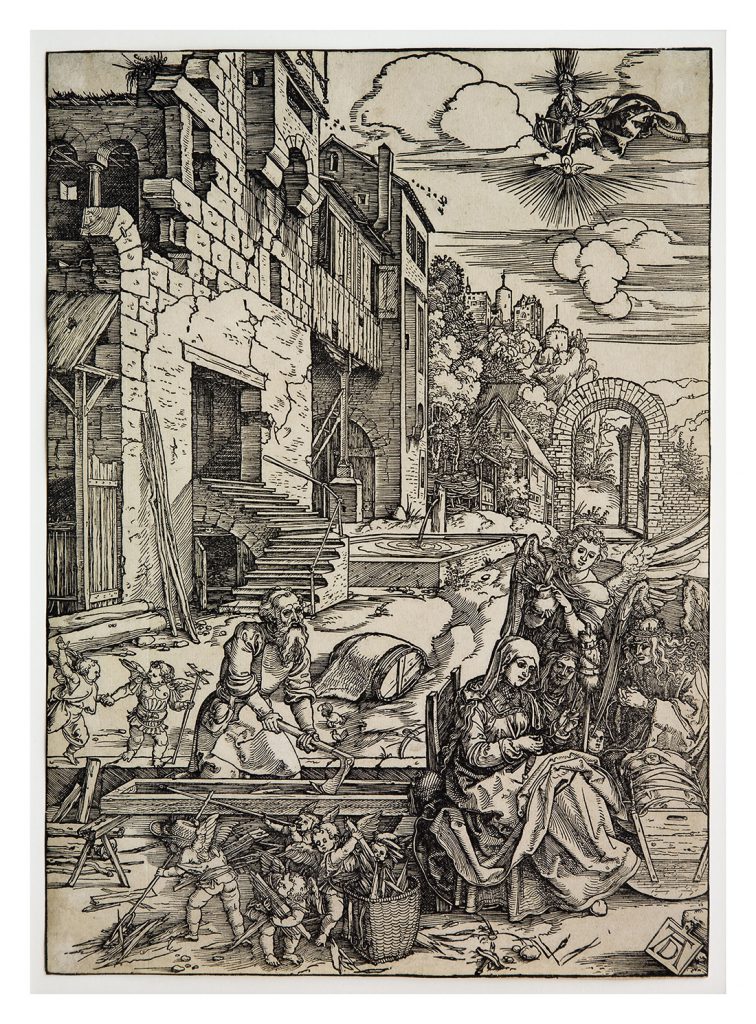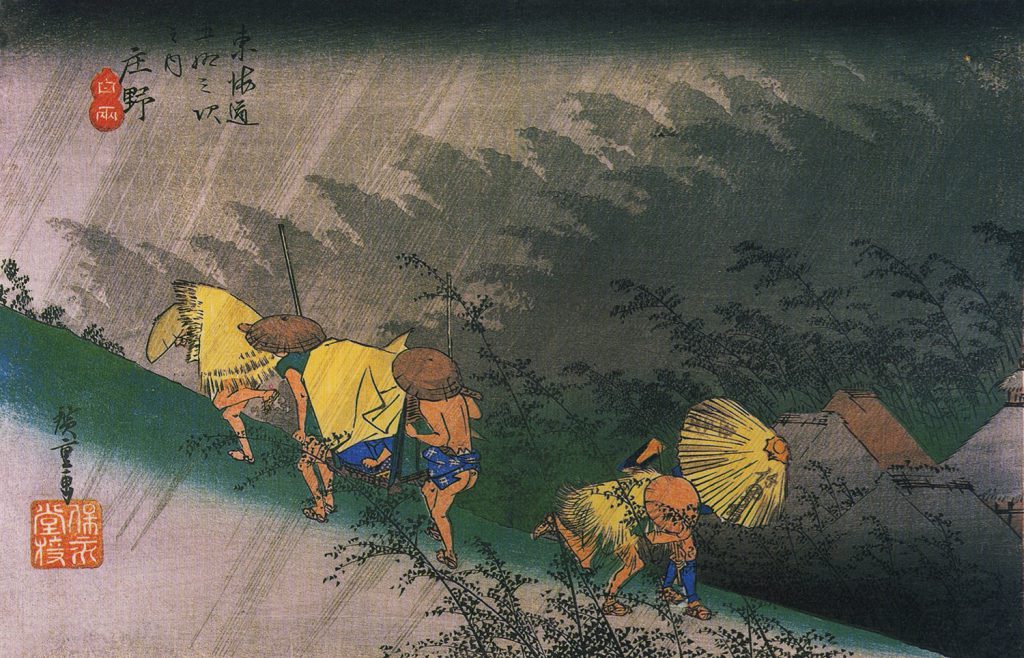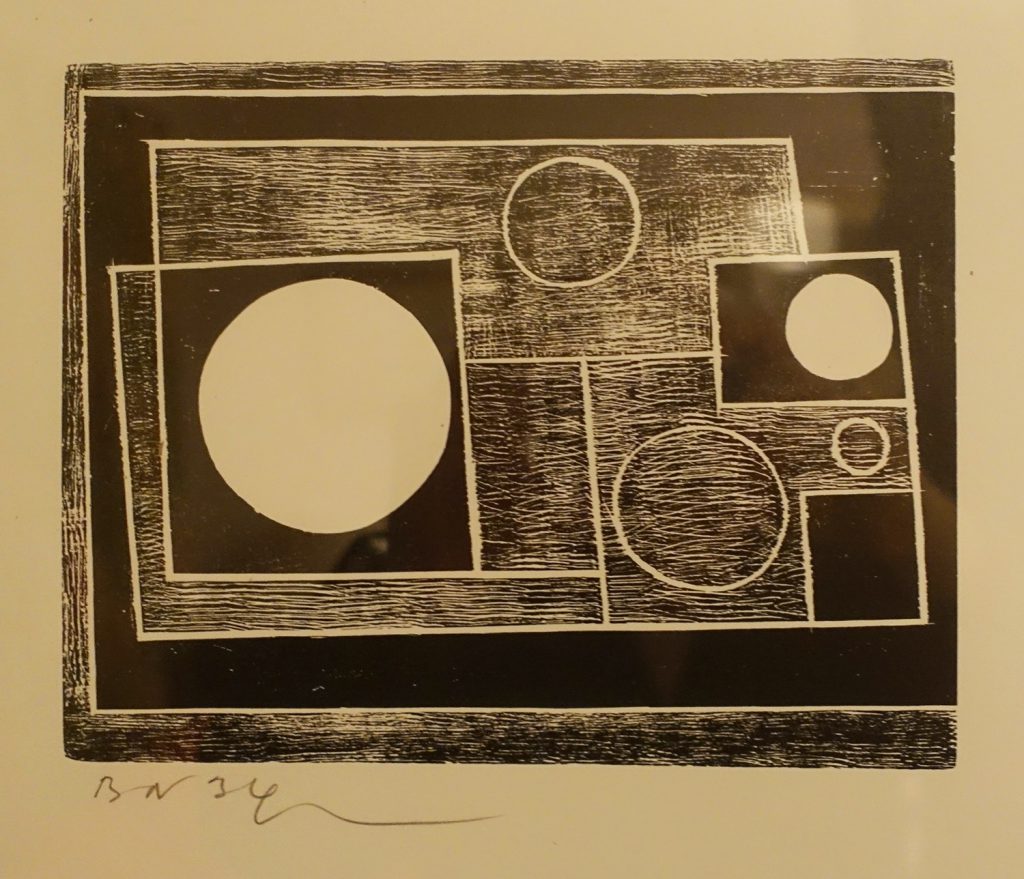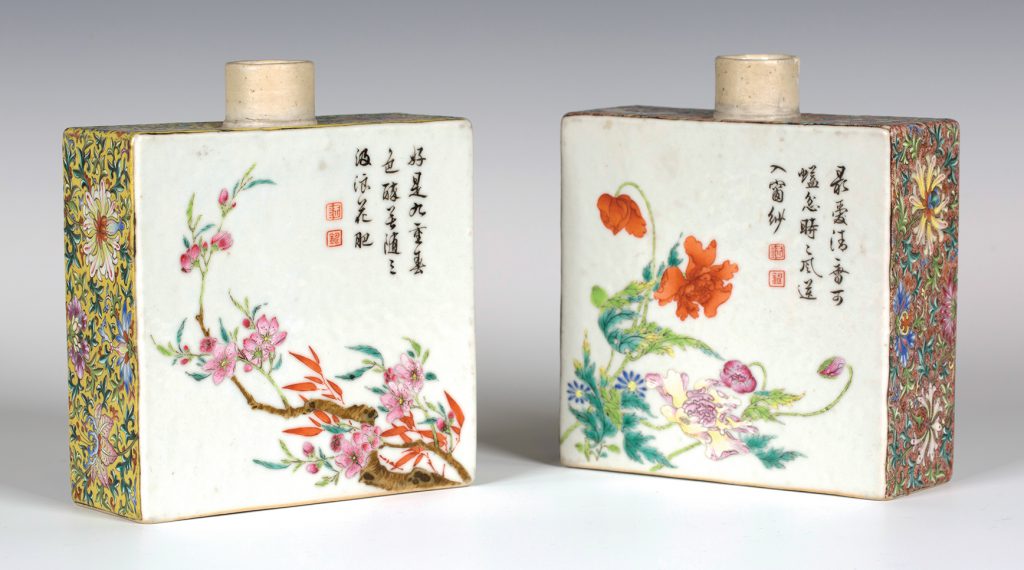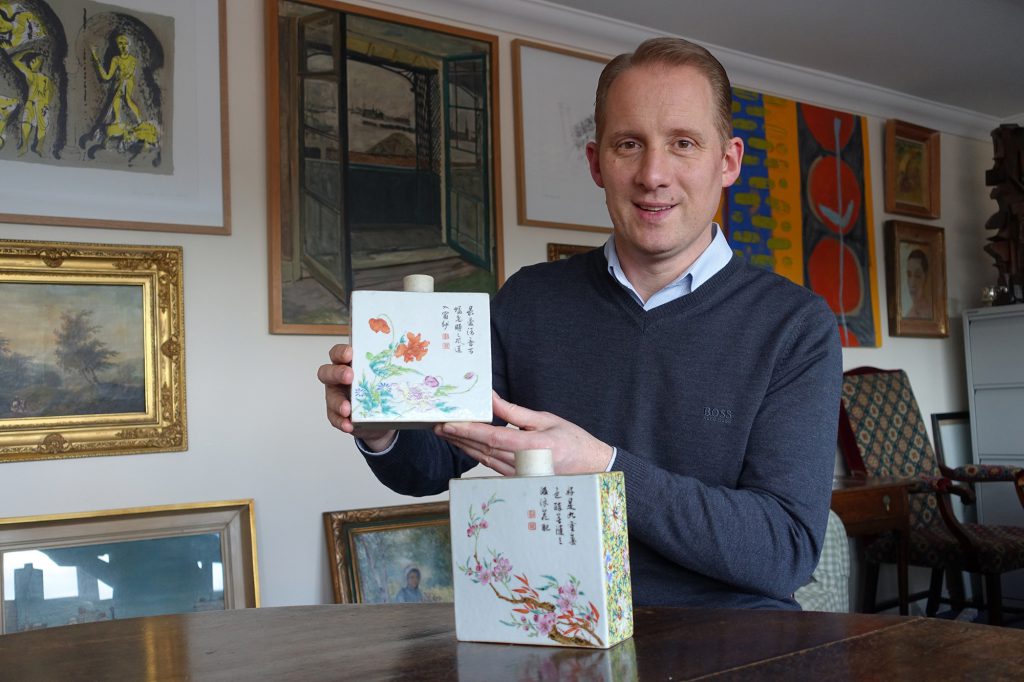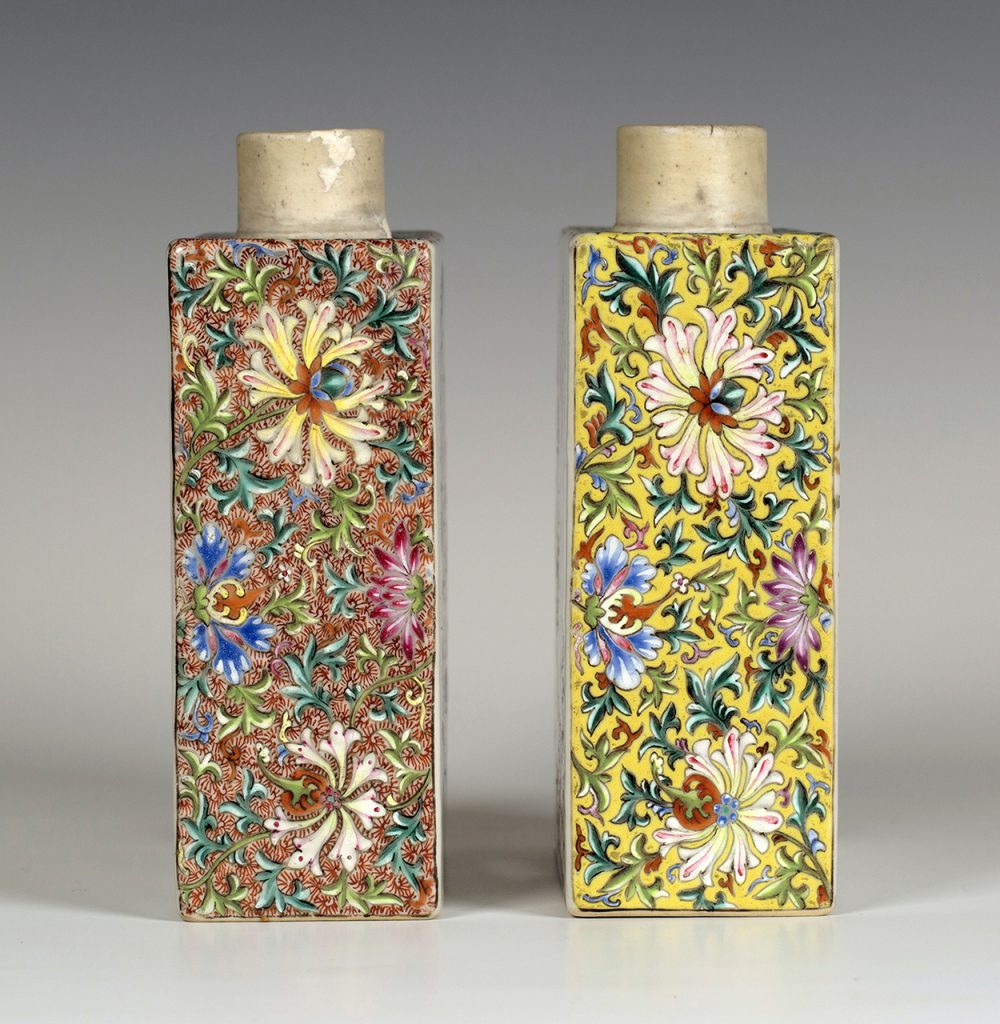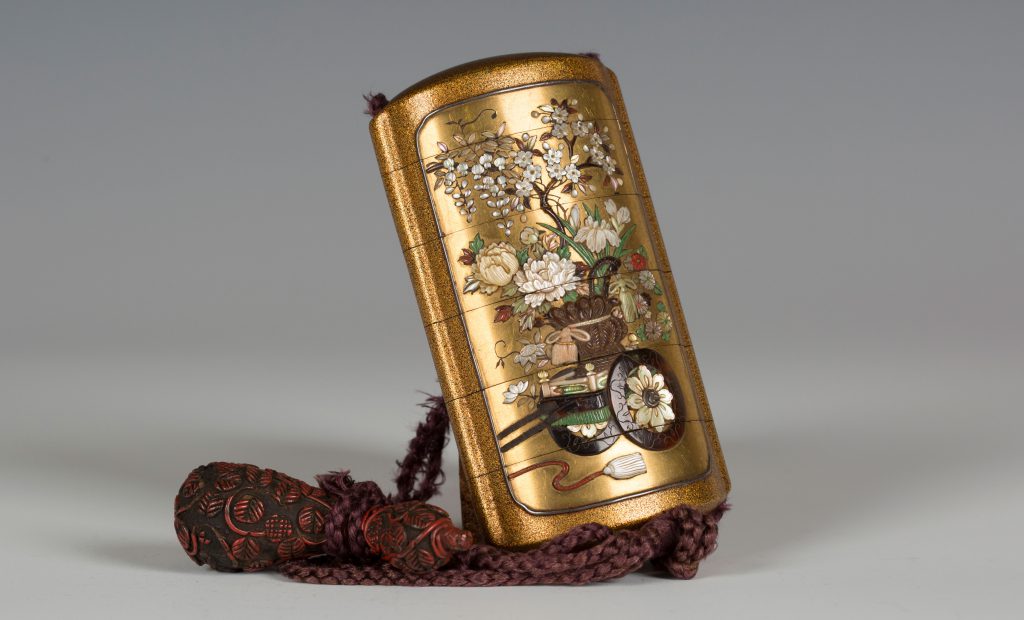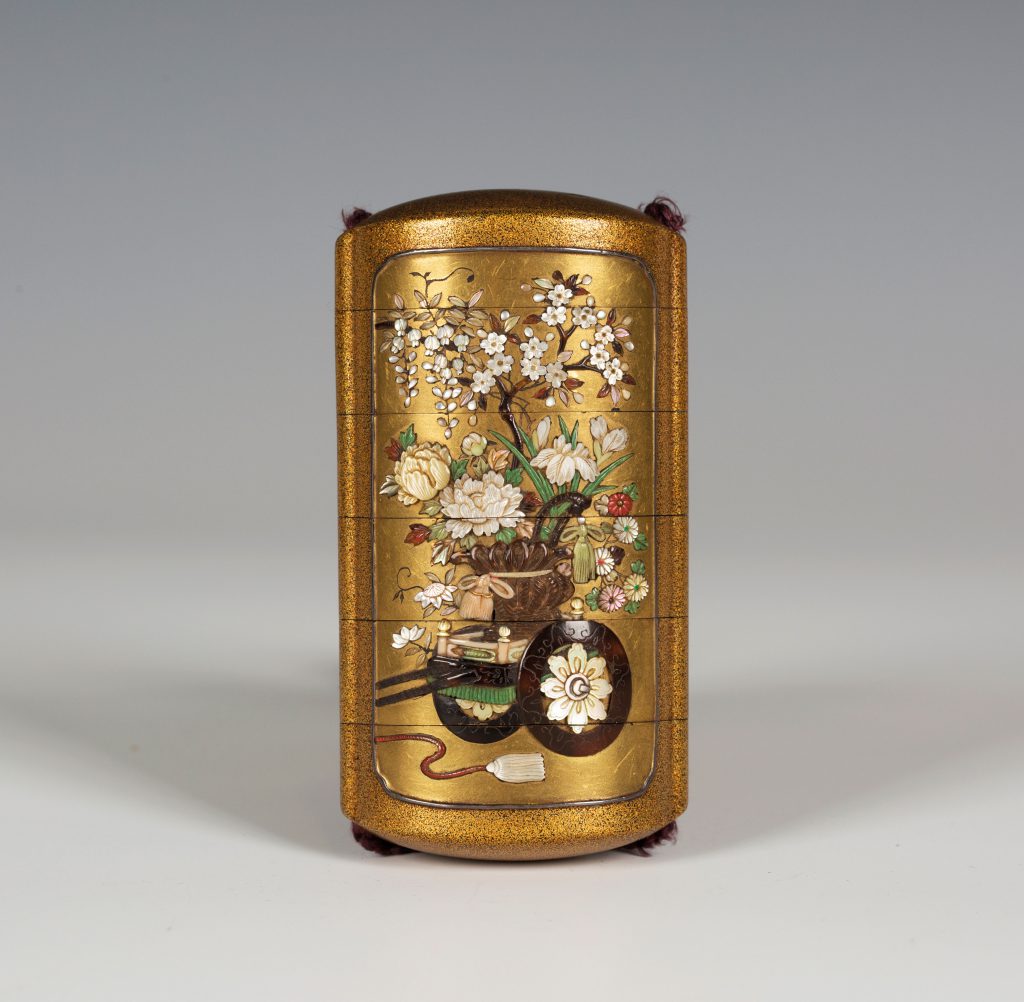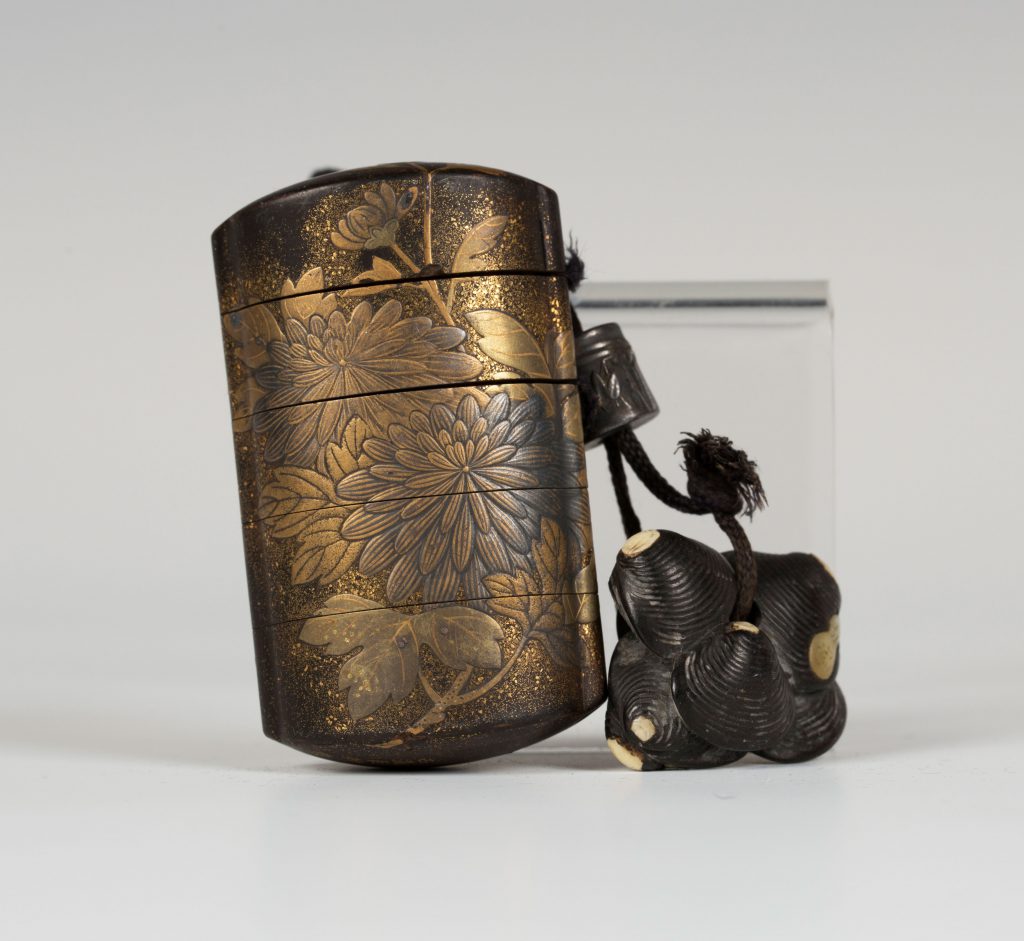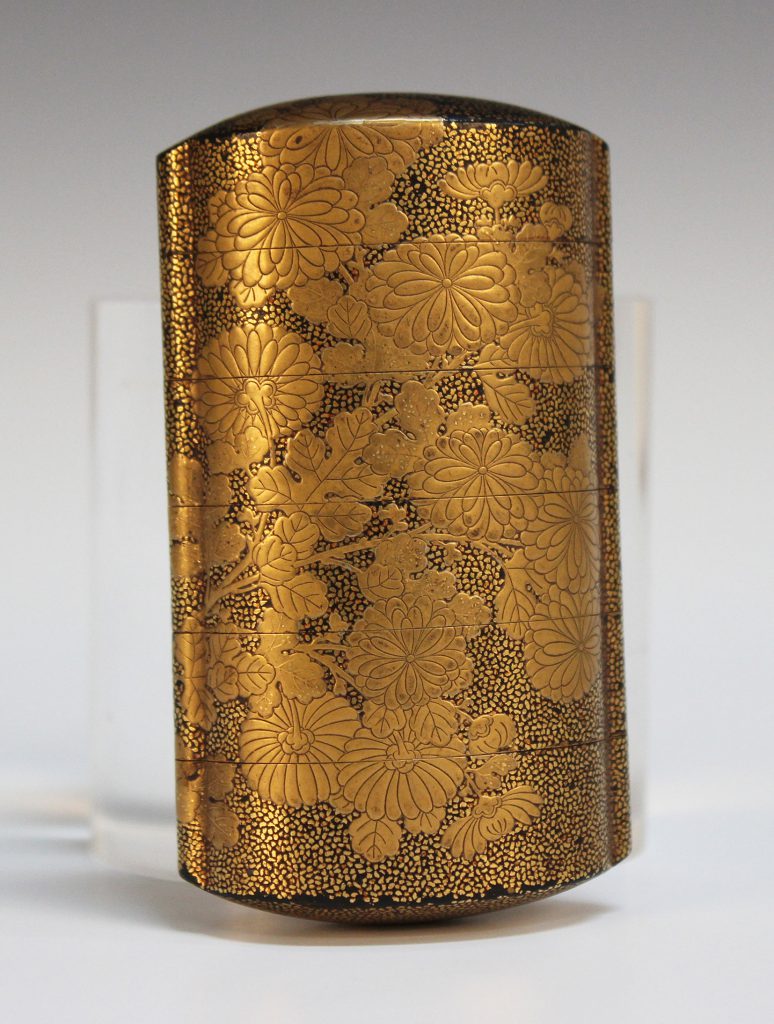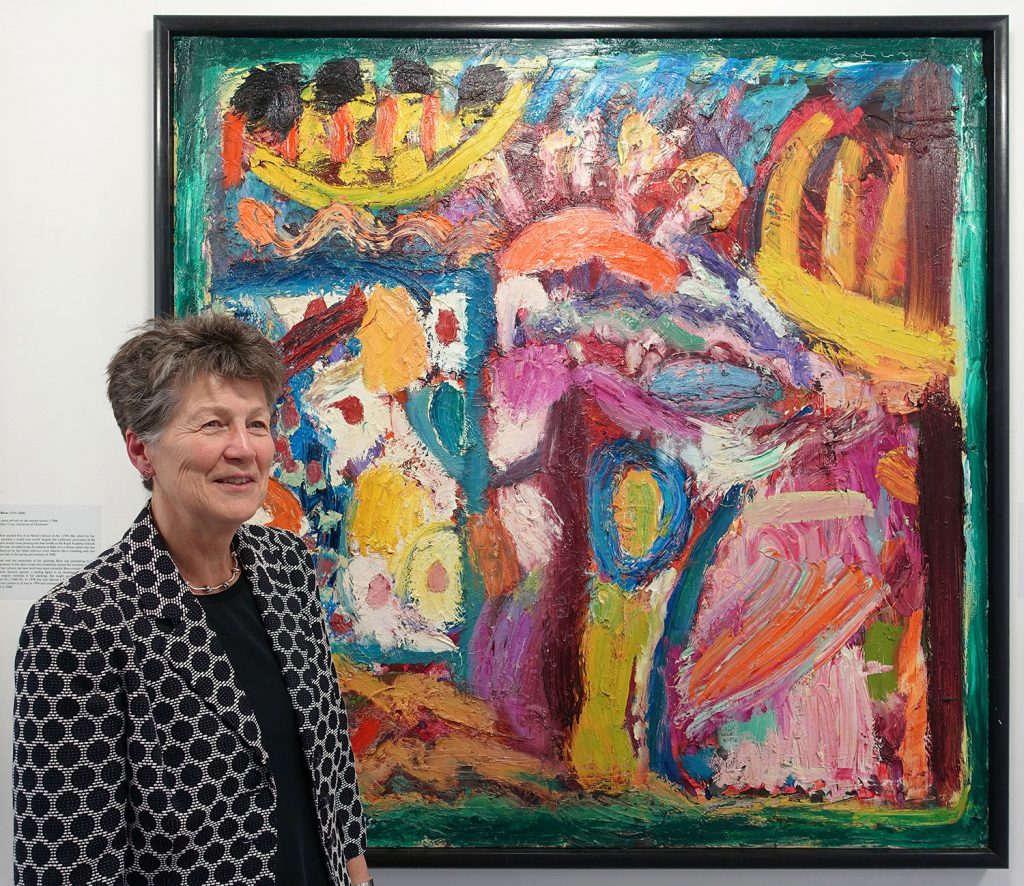
The latest University of Chichester Bishop Otter Collection exhibition ‘Women Artists: Power and Presence’ has been attracting much critical acclaim. The show has been curated by visiting Professor, Dr Gill Clarke. Its provocative title seeks to highlight the revolution and empowerment of women artists in the 20th century and includes work by many of the leading female artists of the period.
Dr Clarke says “Many of the artists represented in this exhibition fought to be recognised because of their work rather than their gender.”
This visually diverse and exciting exhibition brings together some forty works from the last one hundred years. As you enter the gallery your eye is met by a series of intimate studies of women from the early 20th century in watercolour, pencil, oil and print which include works by Gwen John, Vanessa Bell, Sylvia Gosse and others.
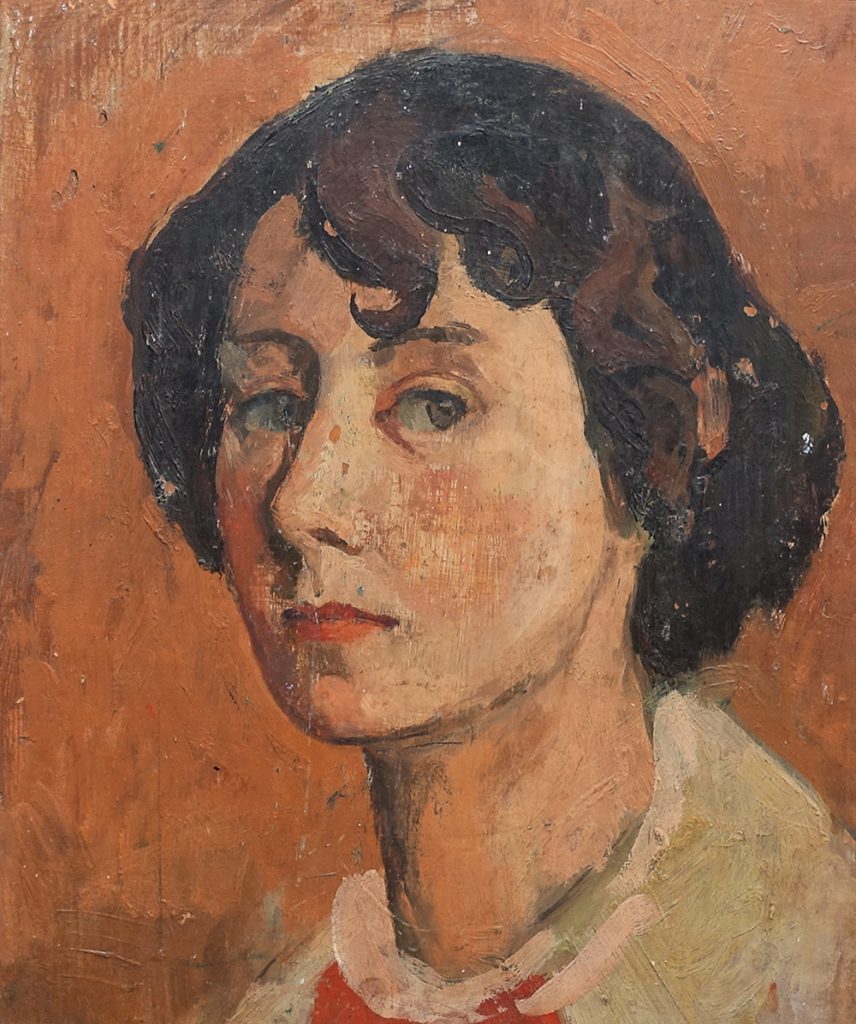
Amongst these is a revealing self-portrait dating from 1948 by Martina Thomas. Its inclusion provides a fitting opportunity to reassess this Sussex artist’s work. The portrait shows the influence of the Post-Impressionists in its brush work and execution. She studied at St Martin’s School of Art in London and exhibited at the Royal Academy during the 1950s. However, like Vanessa Bell and Duncan Grant, her representational style fell from favour as Modern British Art increasingly moved towards abstraction.
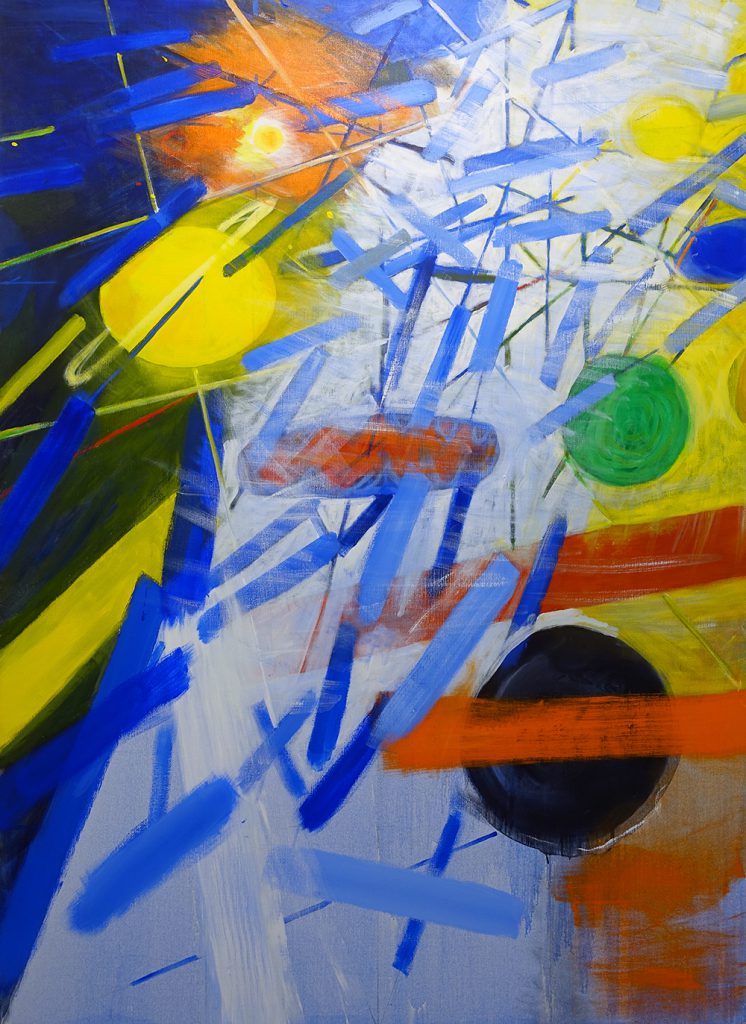
This movement towards abstraction is reflected in two large scale works filled with vitality, colour and life by Wilhelmina Barns-Graham and Gillian Ayres. They have been generously loaned by The Barns-Graham Charitable Trust and The Swindon Museum and Art Gallery marking the beginning of an exciting relationship between these collections and the Bishop Otter Collection.
I must confess that I find Wilhelmina Barns-Graham’s ‘Jupiter’s Dream’ captivating. It is a painting filled with light and energy as the artist brings together a lifetime of experience. She arrived in St Ives in 1940 and painted there and at Balmungo, near St Andrews, throughout her life. Barns-Graham was one of only a few women artists painting in an exploratory manner in the 1940s and she moved steadily towards abstraction. This late work is extraordinary in its use of composition, colour and mass to create movement and drama. The three dramatic bands and geometric forms draw the viewer into its celestial drama and heighten our senses.
I express my delight in Gillian Ayres’ painting Florestan. Gill Clarke responds “Gillian Ayres wanted her paintings to be alive and give delight. The thick texture of the paint with its bright colours make this a joyful and expressive picture.” I comment on the paintings musical quality and sense of rhythm and Dr Clarke explains that its title might relate to Gillian Ayres’ love of Beethoven and his opera Fidelio.
There are many other paintings to delight you by leading artists from the 20th century and all of them by women. The continuing prominence of women in art is celebrated by a number of contemporary works.
Dr Gill Clarke’s continuing work at the Bishop Otter Collection is bringing new life to this important collection in the context of the life and campus of the University of Chichester. She is deserving of our thanks.
If you have yet to see this beautiful and thought provoking exhibition you still have time. It runs until the 9th April 2017 and entry is free. For more information and opening times go to www.chi.ac.uk/about-us/otter-gallery.
By Rupert Toovey, a senior director of Toovey’s, the leading fine art auction house in West Sussex, based on the A24 at Washington. Originally published in the West Sussex Gazette.
